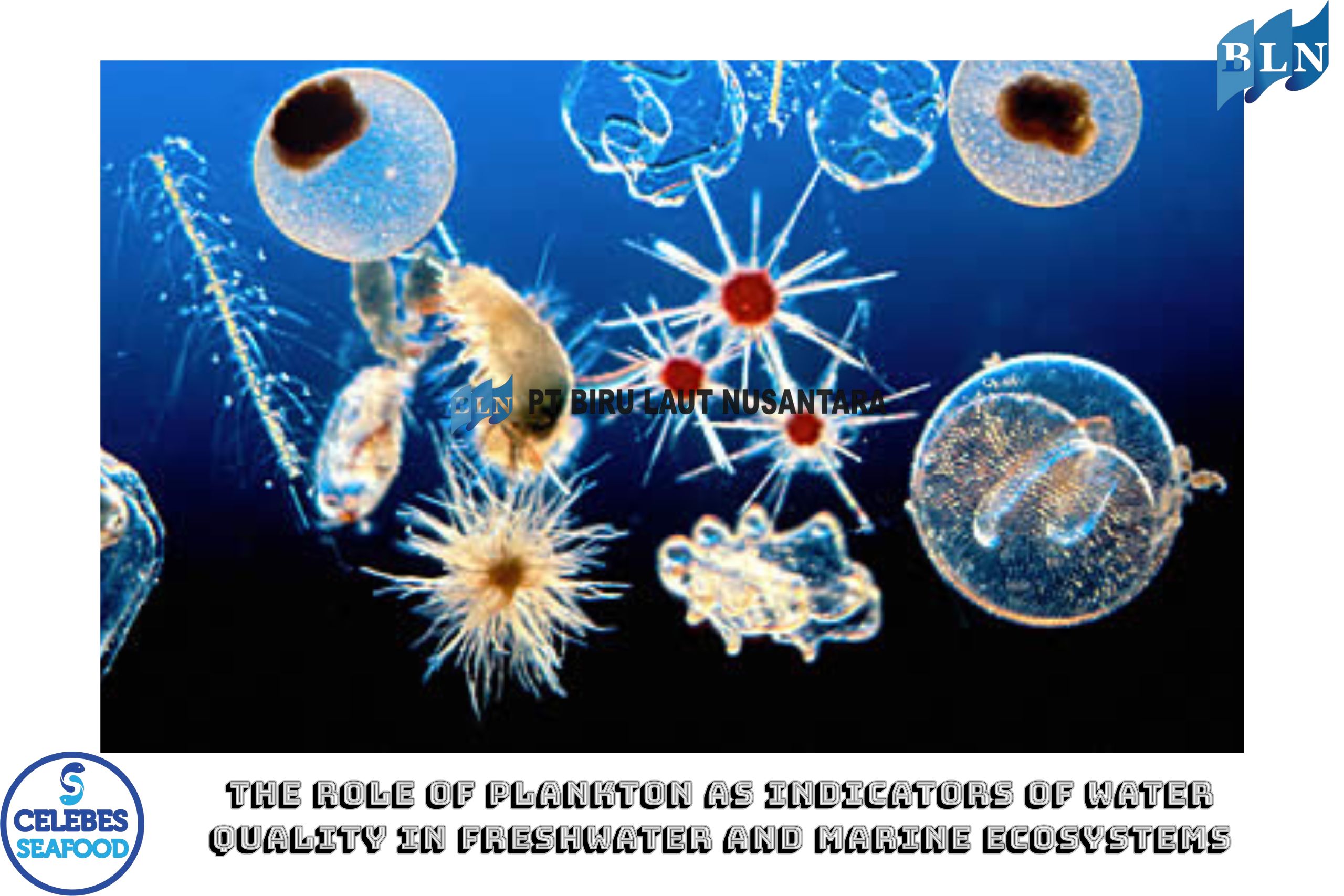How To Store Fish Fillet Properly
By. Nevanda - 22 Sep 2023
lautnusantara.com - Properly storing fish fillets is essential to maintain their freshness, flavor, and safety. Whether you've just purchased fresh fish or you've prepared fillets at home, here are some steps to ensure you store them correctly:
1. Use the Right Packaging
For short-term storage (1-2 days), store fish fillets in the original packaging if it's airtight and secure. If not, transfer them to an airtight container or a resealable plastic bag.
2. Keep It Cold
Store fish fillets in the refrigerator at a temperature of 32°F to 38°F (0°C to 3°C). The colder the better, but make sure the temperature is above freezing to prevent freezing and damaging the texture of the fish.
3. Wrap Properly
If you don't have an airtight container or if you want to store fish for an extended period, wrap the fillets tightly in plastic wrap or aluminum foil. Make sure there's minimal exposure to air to prevent freezer burn.
Read also: How to Tell Skipjack and Frigate Tuna Apart
4. Label and Date
If you transfer the fish fillets to a different container or wrap them, label the package with the date of purchase or preparation. This helps you keep track of freshness.
5. Use a Tray or Plate
Place the wrapped fillets on a tray or plate in the refrigerator. This prevents any juices from dripping onto other foods and contaminating them.
6. Store in the Coldest Part
Keep the fish in the coldest part of your refrigerator, typically the back or near the bottom. The temperature in this area is the most consistent.
7. Use Quickly
Fish fillets are best when consumed within 1-2 days of purchase or preparation for optimal freshness. Freshness starts to decline rapidly, especially with delicate fish like flounder or sole.
Read also: The Crucial Ecological Roles of Clams
8. Freezing (For Longer Storage)
If you don't plan to use the fillets within a few days, consider freezing them. Wrap them individually in plastic wrap or aluminum foil and then place them in an airtight freezer bag. Be sure to remove as much air as possible from the bag to prevent freezer burn. Label the bag with the date of freezing.
9. Thaw Properly
When you're ready to use frozen fish fillets, thaw them in the refrigerator rather than at room temperature. Slow thawing in the fridge ensures the fish remains safe to eat and retains its texture.
10. Check for Freshness
Before cooking, always check for signs of spoilage, such as off odors, discoloration, or a slimy texture. If you notice any of these, discard the fish.
By following these guidelines, you can extend the shelf life of your fish fillets, ensuring that they remain safe and enjoyable to eat. Proper storage is crucial for maintaining their quality and flavor.
Read also: The Important Roles of Sea Cucumbers in Marine Ecosystems
 in Coral Reef Ecosystems.jpg)
.jpg)





 and Its Impact on Indonesia's Maritime Economy.jpg)
